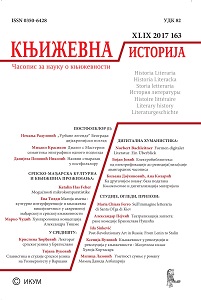
We kindly inform you that, as long as the subject affiliation of our 300.000+ articles is in progress, you might get unsufficient or no results on your third level or second level search. In this case, please broaden your search criteria.


The newest comparative-literature finds in the works of David Damrosch, Franco Moretti, Pascale Casanova and others are strongly linked with Goethe’s concept of Weltliteratur. As a result of the reduction, selection and ideological globalization, marginalized literatures of small groups and minorities fell out of the world canons.The authors of such texts can only rise to the status of “world literature” after being translated into a world language, which is, in most cases, English. This is also valid for the national literatures of smaller nations: from a global perspective, the literatures of small nations – with a special regard to those of the 19th century – remain either invisible or, due to the lack of proper terminology, are labelled nationalist and as such,seem of less interest. This article explores the intercultural connections in the works of a Romanian (Ioan Slavici), a Hungarian (János Arany), and a Serbian (Jovan JovanovićZmaj) authors by mapping the ethnic relationships in the Austro-Hungarian Monarchy during the 19th century and shows the possibility and necessity of a Central-European and Balkan micro-comparative research method based on a thorough knowledge of the Romanian, Hungarian and Serbian languages and cultures. The analysis of the abovementioned texts shows that the ethno-pragmatical, ethnopolitical, ethnocultural and ethno-medial discourses introduced in this paper can separate the pragmatic, political, cultural, sociological and biographical aspects. However, these discourses can also be combined. Such analyses can best help the exploration of the nationalistic texts and not their exclusion, because the scientific processing and the description of the scientific terminology pertaining to the different ways of belonging to a nation, as well as that of “nationalism”, need to be more precisely defined.
More...
The paper studies those prose works in the Serbian and Hungarian contemporary literatures which come under the notion of literary multilingualism. Among the works are also the examples which, although they contain only few foreign linguistic elements, nevertheless consistently mark the context of their plots by referring to the other culture in their titles, or indicating the surroundings or individual characters by introducing proper names through which the foreign culture is entailed in the field of interpretation. In addition to describing this phenomenon, the paper also seeks to find an interpretation for the function of using names and foreign language codes. Among these are the exploitation of the chronotopic character of magic realism, the postmodern playing with foreign languages, and the emphasis on plural identity. Literary texts thus become not only a terrain of cultural contexts,but also a contextualization of cultural conflicts
More...
A könyv ajánlása Bódy Gábor emlékét idézi, s ezzel - valamint a Kutya éji dalának szépséges elemzésével -, egyszersmint a kort, melyhez Bódy kultikussá kövülő alakját kapcsoljuk. „A pangás éveit”, a szürke elhájasodó enyészetet, a lassú elbomlási, amelyből nincs kitörés; annak reménytelen reményét, hogy „te is lehetsz még kamikaze”. Ném elyetek még a fiatalság éveit is, bár ez nagyjából magánügy. De talán mégsem egészen az, ha felidézzük Mannheim Károly különbségtételét korcsoport, generáció és generációs egység között. Leegyszerűsítve, a korcsoport az egy időtartamon belül születetteket, a generáció az azonos problémák által megszólítottakat, míg a generációs egység az ezen problémákra hasonlóan válaszolókat foglalja magában. Hogy miért fontos ez, azt Bódy személyes példáján keresztül érthetjük meg. Bódyt semmibe vették, jobb esetben kinevették a más vagy akár a saját korcsoportjába tartozók, generációja értetlenül figyelte, elismerése, megbecsülése és kultusza saját körein belül bontakozott ki. Sorsa az avantgárd értelmiségi sorsa, amely nem egyszerűen kisebbségi lét, hanem egy meg nem értéstől övezett, ugyanakkor saját értékeivel tisztában levő csoportot jelöl, kognitív kisebbséget, amely a fennálló egészhez képest előbbre tartott, közelebb jutott a fényhez.Ugyanehhez a generációs egységhez, szellemi közösséghez tartozik Szilágyi Ákos is, annak eredeti teoretikusa, esztéta esszéistája, költője és szovjetológusa.
More...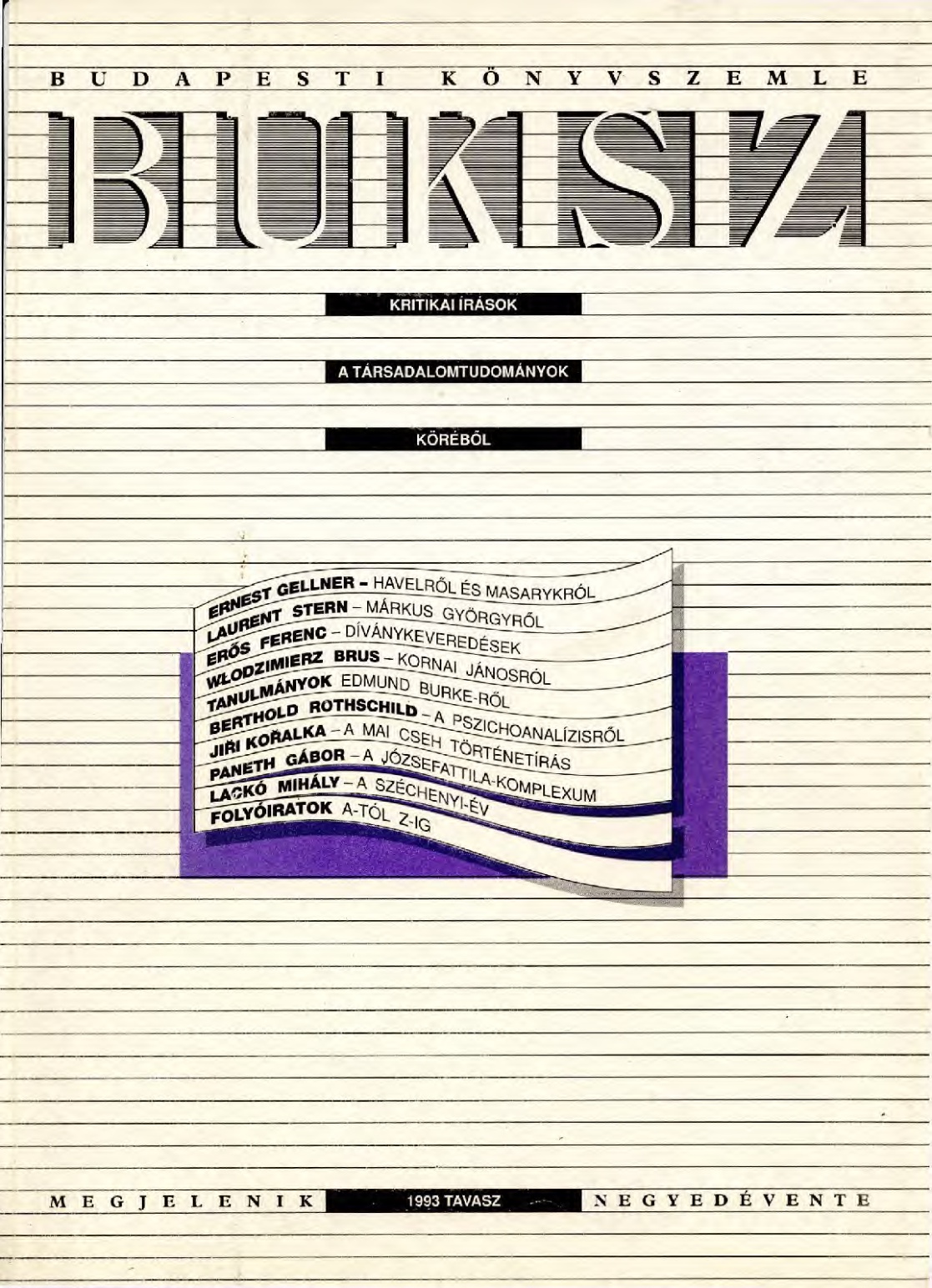
E tanulmánykötet a költő halála után fél évszázaddal jelent meg, a József Attila személyét és művészetét érintő, szűnni nem akaró ideológiai kisajátítások áradata után: s csak egy relatíve szabad időszakban, 1988 és 1992 között jöhetett létre. A szerzők hihetetlenül gondos filológiai munkálkodás során adtak közre eddig ismeretlen vagy hibásan-töredékesen megismert szövegeket, melyek részben a költő privát szférájából származnak, betegségével, gyógykezelésével kapcsolatosak, részben párttagsága bonyodalmait ismertetik. További tanulmányok írásművészetével, kreativitásával foglalkoznak. A mintegy tizenöt szerző írását tartalmazó, mindvégig igen tömény, egyenletesen magas színvonalú szöveg egyforma részletességű elemző ismertetése itt megvalósíthatatlan. Egyes fejezetek kiemeltebb tárgyalása nem minőségi szempontok szerint történik, hanem az e recenziót vezérlő gondolatmenethez való hozzájárulásuk alapján.
More...
It is well-known that, as an MP for Szatmár county, Ferenc Kölcsey (1790–1838) enjoyed extreme popularity with the younger generation. His fame was no doubt founded by his literary activities: the young people who attended the diet of Pozsony in 1832 to 1836 as either jurists or adjutants to the MPs had become familiar with Kölcsey’s name and oeuvre in school reading circles and student literary associations. Meeting him personally became an event of lasting influence for many a youth who would later play an important role in the revolution of 1848, such as, among others, baron József Eötvös (1813–1871) and László Szalay (1813–1864). Upon entering the literary public, Szalay and Eötvös received considerable support and encouragement from Ferenc Kazinczy, Pál Szemere and Ferenc Kölcsey. Although Szalay, who at the turn of the 1820s and 1830s had still cultivated a number of genres, gradually distanced himself from literature and turned towards the social sciences, his intimate relationship with Kölcsey, as revealed by their correspondence, survived the change. It was in November 1831 that Szalay met Kölcsey in person, when, upon the instigation and intervention of Pál Szemere, he went for a judicial practice to Szatmár county, where he spent some four months. Szalay thus locked into a very agitated period in the life of Kölcsey, for it was then that the committee works (proposals for the modernization of the country) were debated in the county, a work in which Kölcsey played a dominant role as the deputy notary of Szatmár. After the death of Kölcsey, Eötvös and Szalay as editors, and Endre Pap, hís former judicial assistant, as the curator of his text, played a dominant role in the publication of the writer’s oeuvre. Alongside editing his works, the members of the younger generation grasped all opportunities in order to manifest their respect towards Kölcsey and promote the cult which was burgeoning around his person. The first element of this was the influential speech which was dedicated by József Eötvös to the memory of Kölcsey at the session of the Academy held on 24 November 1839. Another such piece was the work entitled Kölcsey’s Memory, written by Bertalan Szemere and published in the Book of the Budapest Flood, edited by József Eötvös, whereas Endre Pap wrote the biography of Kölcsey for the volume called Hungarian Rhetors and Statesmen. As for Szalay, in his correspondence with the historian Alexander Flegler, he shared his personal memories for a prepared German biography of Kölcsey, in which he, like other members of his generation, put the emphasis upon the moral-ethical content of Kölcsey’s life and work.
More...
In this paper I present a narrative analysis of Magda Szabó’s A Danaida [The Dana id] novel currently missing from the reception. In this analysis, I would like to point to possible poetic considerations that could warrant the use of an omniscient narrator, including chronological issues, the representation of the consciousness of the characters, as well as the issue of focalization.
More...
In my paper I deal with the genre/methodological dilemmas of writing a monograph in relation to Mihály Szegedy-Maszák’s Kosztolányi-monograph. With an overview of the relevant literature, I explore the following questions: How did the change of the authoritarian-canonical view influence the expectations related to genre, and what is the role of the biographical view in monographs today? How can the boundaries be crossed without destroying the genre? Mihály Szegedy-Maszák’s Kosztolányi monograph offers the possibility to answer these questions.
More...
The autobiography of Miklós Bethen (1642–1716), a Transylvanian statesman and memorial writer, titled Bethlen Miklós élete leírása magától [The Self-Portrayal of the Life of Miklós Bethlen], written during the time of his captivity, presents an accurate portrayal of his studies in Transylvania, while dedicating multiple chapters to his pilgrimage, including travelling to England, France and Venice in his youth. The three trips ending the first volume of his autobiography differ from each other in numerous respects, but each of them maintains the textual conventions characteristic of the descriptions of European learning pilgrimages (peregrinatio academica) of his times. Miklós Bethlen – as opposed to travellers of the 18th century who mainly kept diaries or wrote letters recounting their experiences – chronicled his experiences several decades after they took place. The retrospective distance, however, does not dissolve the sense of alliennes, but rather emphasizes it. In my paper, I explore the manifestations of the sense of alienness in the descriptions of his pilgrimage, as well as the incorporation of these manifestations into the self. I propose that the literacy and perspective gained during his trips abroad might have had an effect on the formation of the autobiographical self, but beyond this, that it also had an effect on the structuring of the text itself. The manifestations of aliennes could represent the basis of the analysis of the plane of self-representation in the autobiography. The possibility of applying the results of the studies of apodemica in interpreting the influence of the era on the autobiography, or in interpreting the autobiography in the European context arises. Namely, the personal travel instructions intended for the greater general public do no only influence the course of the pilgrimage itself, but also the manner of recording those experiences.
More...

In the article I look at places of memory important for two Hungarian writers of the 20th and 21st century: Sándor Márai and Péter Nádas. These are primarily two cities: Budapest and Berlin, shaping the identity of the traveler (in the sketches of Márai In Journey) and the identity of heroes involved in complex interpersonal relations inspired by the biography of Nádas, the author of an extensive novel titled Memory. Although I am combining two different literary genres here, I notice similarities in terms of urban spaces and the way the two authors live. The identity of a modern man, whose condition is diagnosed on the pages of his works, equally determines the deflection into the past, the reticence of memory, as well as thinking about the present through the prism of what has already happened. This is a memory imprisonment, often leading to the repetition of similar events, to constant thinking about the continuity of time, the curse of associations of what was with what is, does not allow to live without burdens in the present tense, constantly corrected by the shadow falling from the past. Time in the urban perspective becomes looped, exposes the person to constant returns to a place that is significant for him. Berlin and Budapest, with their specific topography, monuments and history, become important spaces of identity.
More...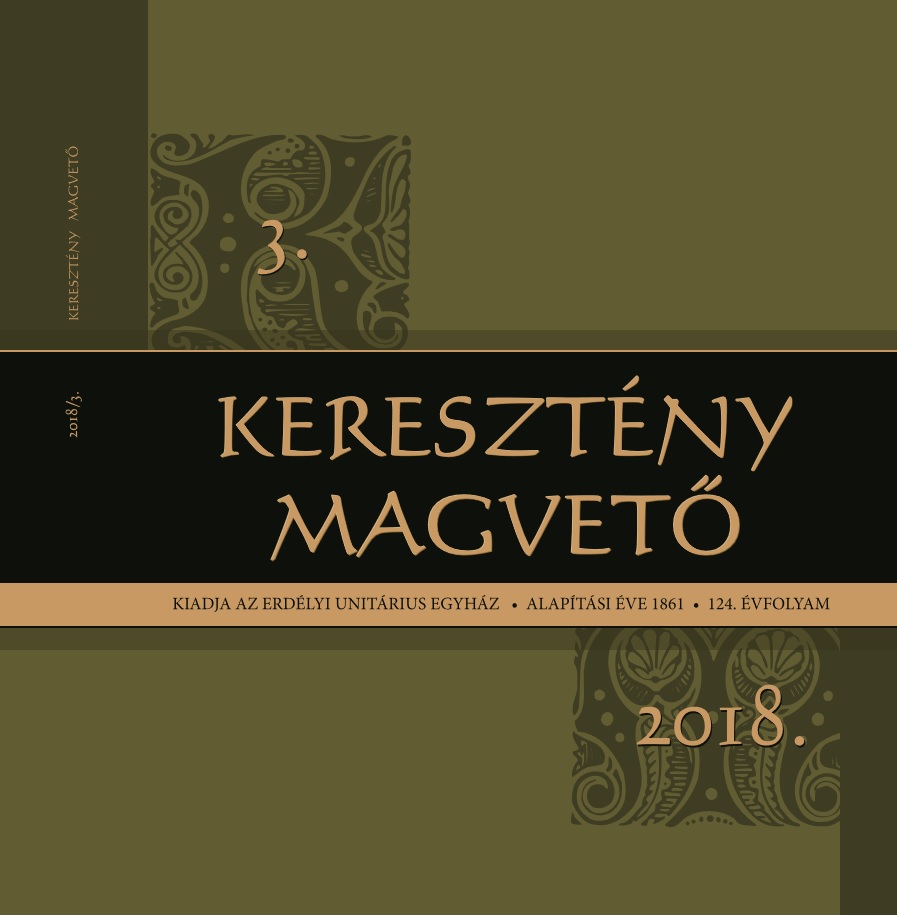
(Budapest: Balassi Kiadó, 2018, Régi Magyar Költők Tára XVI. századbeli magyar költők művei, új folyam, sorozatszerk. Szentmártoni Szabó Géza, XIII/A), 502 pp.
More...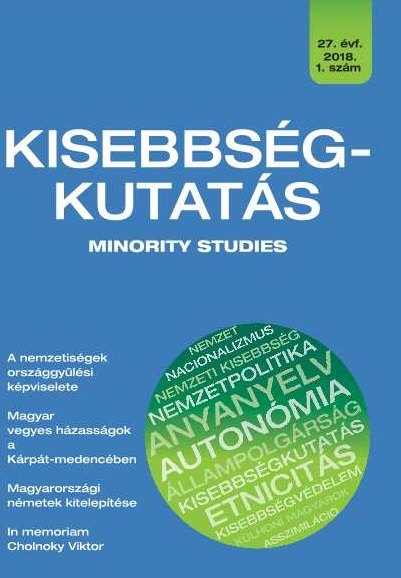
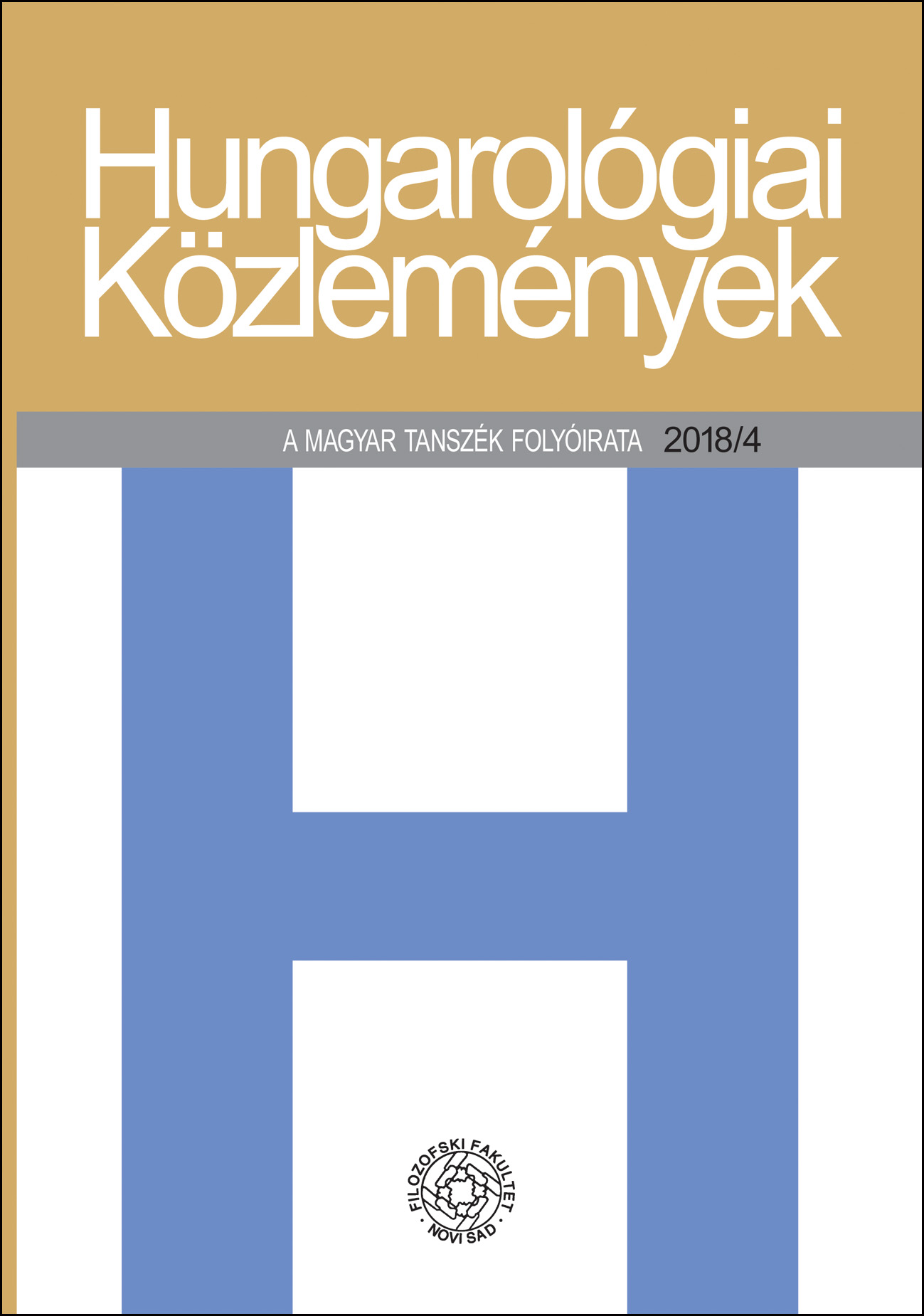
This study intends to find an answer to the question what makes Antal Szerb’s fiction popular in the United Kingdom in the first decades of the 21st century. First, it describes the sociocultural context in which the English translations were made by Len Rix and published by Pushkin Press in London, then, with the help of excerpts cited from Journey by Moonlight and Pendragon Legend, it offers a contrastive textual analysis that reveals the traces of what Lawrence Venuti calls cultural inscription. The study concludes that the domesticating strategies the translator applies result in and thus explain the differences between the Hungarian and the English texts in the examples cited, because instead of a literal translation, his wording of the English text is determined by the conventions of English prose and the expectations of his assumed English readers.
More...
The author of the paper deals with questions of translation of Balassi’s Hungarian poetry. The reading of literary texts of antiquity is difficult for both today’s native readers and the translator, the latter being the rewriter of the source texts in the target language. This difficulty is caused by the grammatical and semantic differences of the typologically different languages on the one hand, and by the timeframe, on the other. The archaic language and cultural elements of the source texts are difficult to translate. The author compares the language and stylistic elements of Balassi Bálint’s text (Hogy Júliára talála, így köszöne néki), with the Russian (Встретив Юлию, поэт приветствовал ее следующими словами) and the English text variants (When he met Julia, he greeted her thus). She also points out the compensation procedures used by the translators who intended to create the exact replica of the original poem.
More...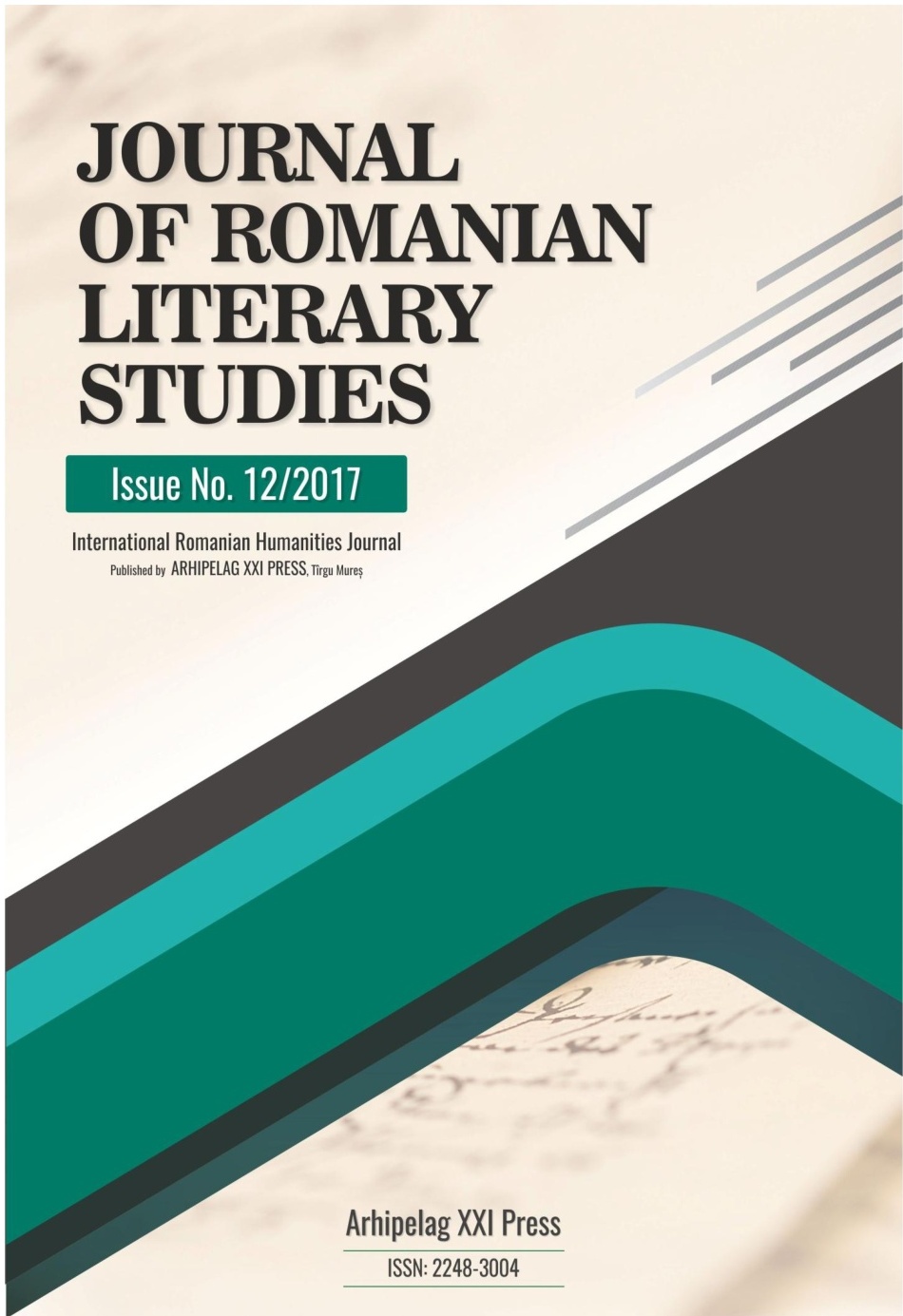
This essay seeks to put a highlight on the Hungarian poet Fábián Sandor's work. Born in Salonta, a town from Bihor county, Romania, he brought novelty (especially with his analytical perspective) in the field of poetry, being a doctor first of all, but using his knowledge to merge it with literature. He is a representative figure of the „Forrás"(„Spring") generation of Hungarian poets from Romania, being synchronical with the șaizeciști ‒the Romanian poets from the 60`s ‒ represented by such writers as Nichita Stănescu, Marin Sorescu or Augustin Buzura. Although he is not a presence to be strongly felt nowadays, his work gained enough interpretations on the way, being linked both to Hungarian and Romanian culture. Beyond the Transylvanian epos (its nature and people), his poems are questioning such contrasts as joy versus sadness or connection with nature versus loneliness. The anthology of his works, entitled Ars Brevis Vita Idem, summarizes in many subtle manners the most profound subject of Fábián Sándor's poetry, which is the aging of beings. This lifelong dialogue of the poet's ages is suggested in lyrics through a plethora of expressionist images. Although the fading of life produces not just praises, but also regret, Fábián succeeds to illustrate them in a way only but a few poets ‒ Hungarians or Romanians ‒ had done before.
More...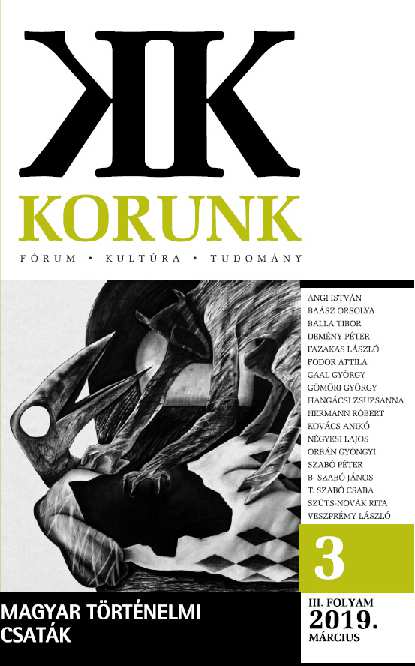
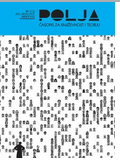

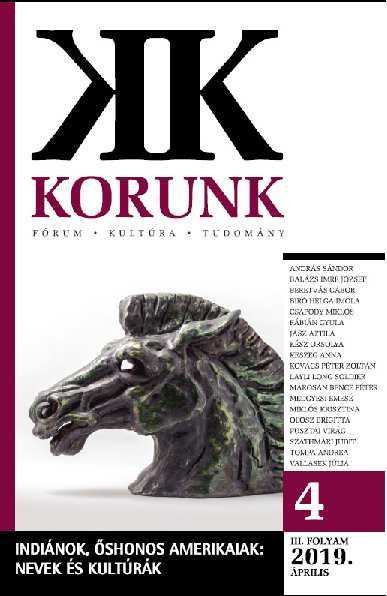
Zelei Miklós: A kettézárt falu. Dokumentumregény. Kortárs Kiadó, Bp., 2017.
More...